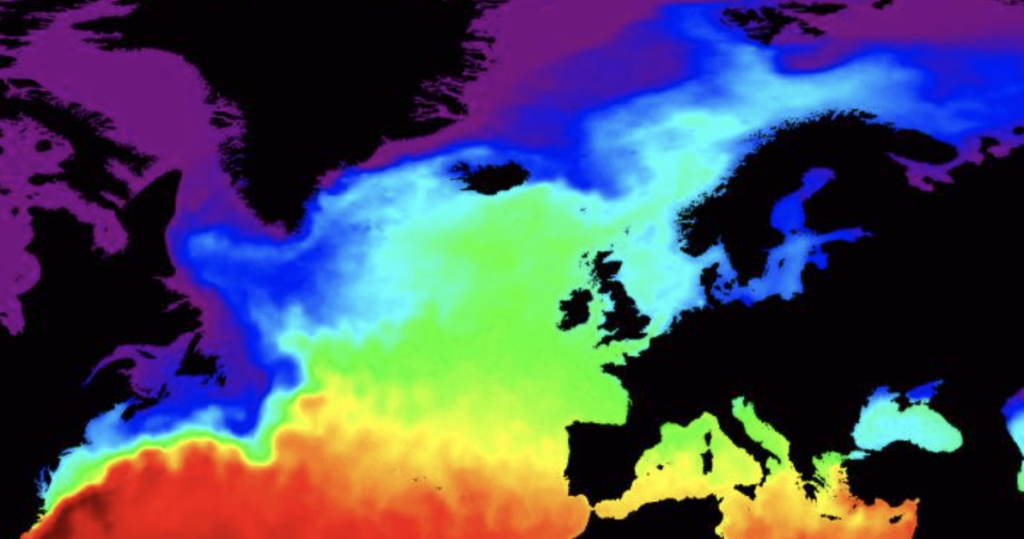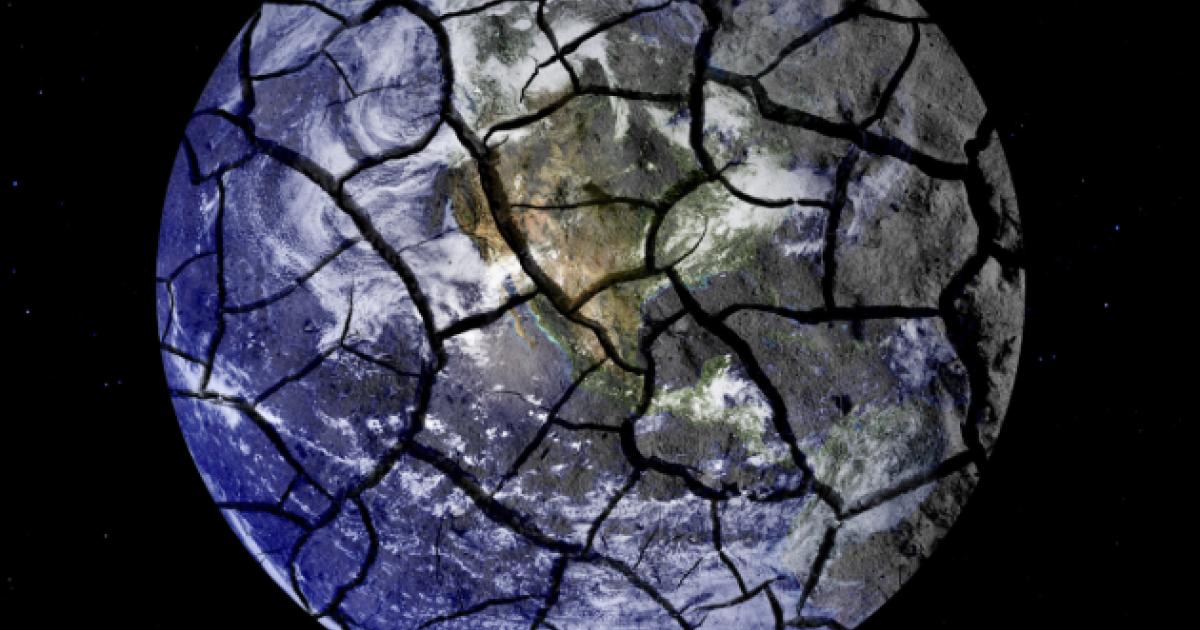- Banned
- #81
Numerous journals? Then there should be no problem publishing a few links.
The researchers found that when compared to observations, almost every CMIP5 model fails, no matter whether the multidecadal variability is assumed to be forced or internal.

Climate models fail in key test region
The researchers found that when compared to observations, almost every CMIP5 model fails, no matter whether the multidecadal variability is assumed to be forced or internal.

Flawed Climate Models
The relationship between CO2 and temperature is more complicated than the polemics suggest.


